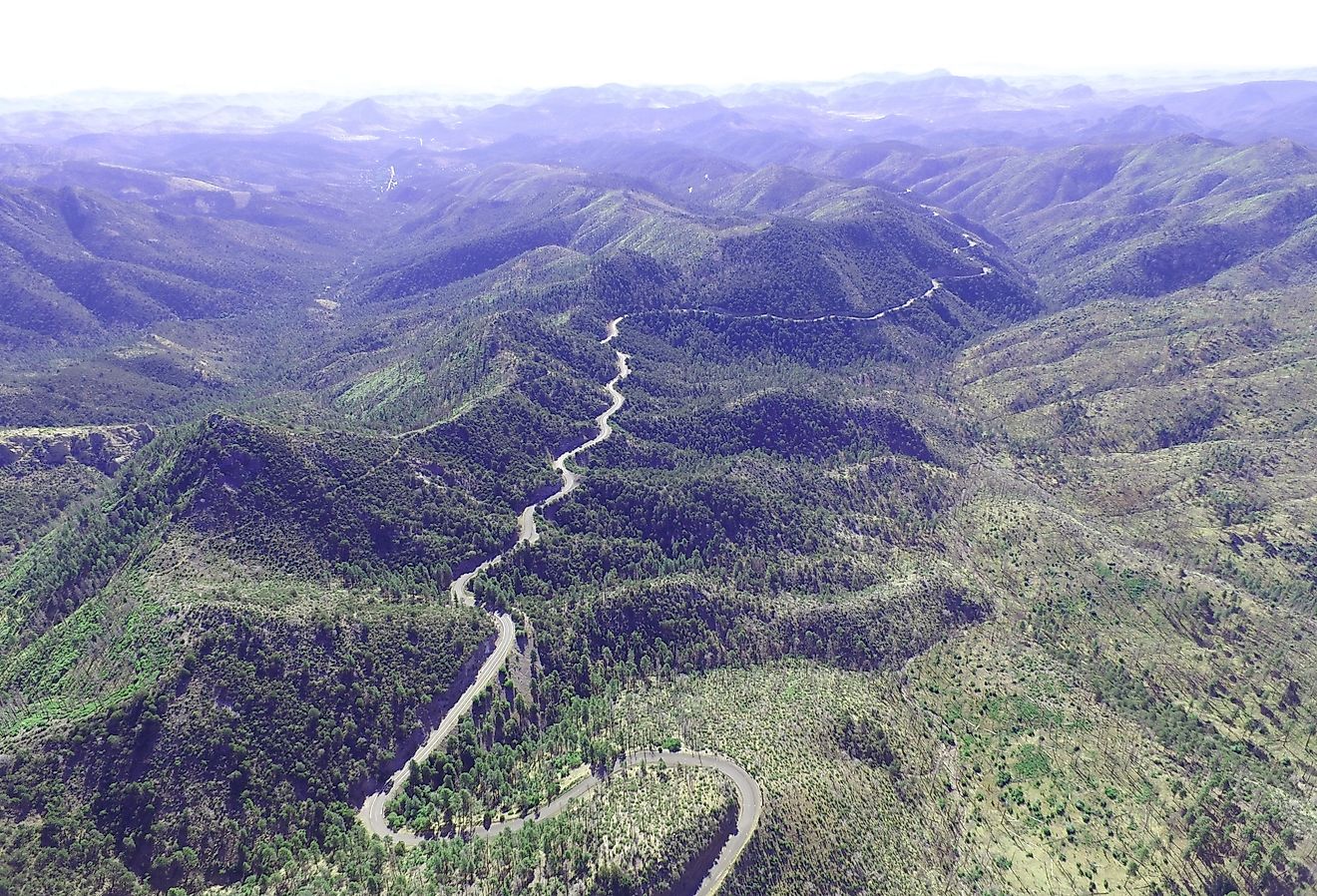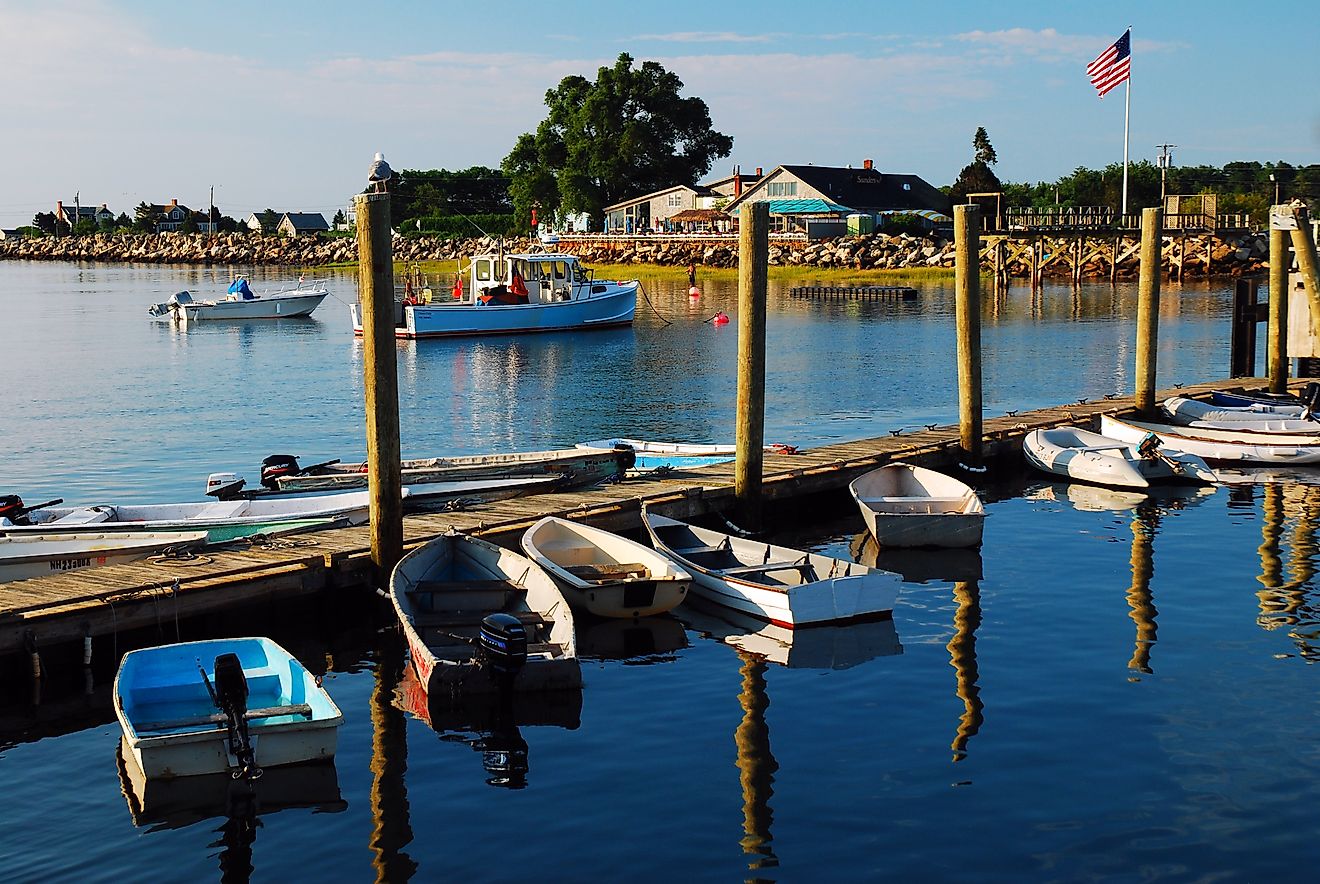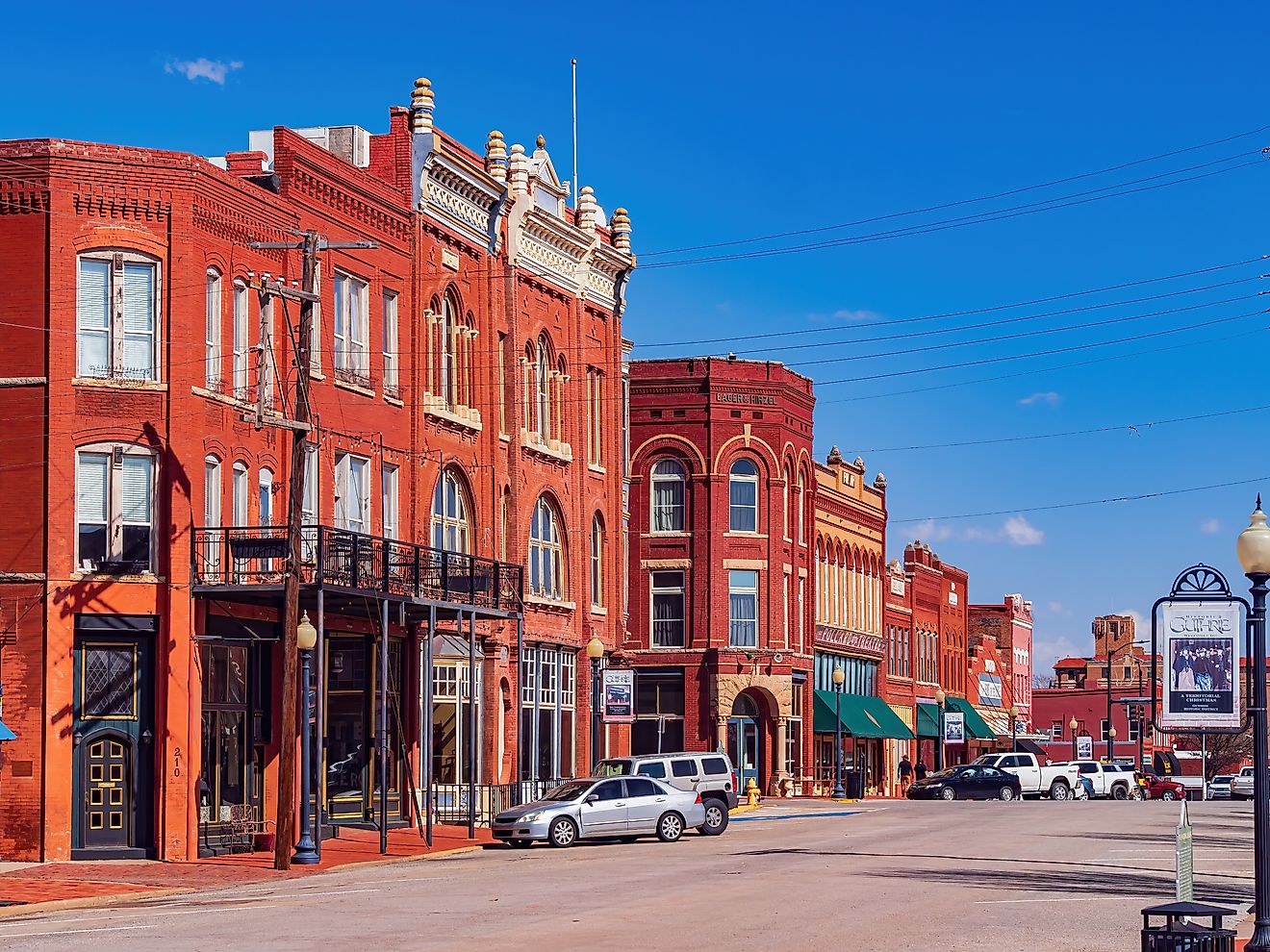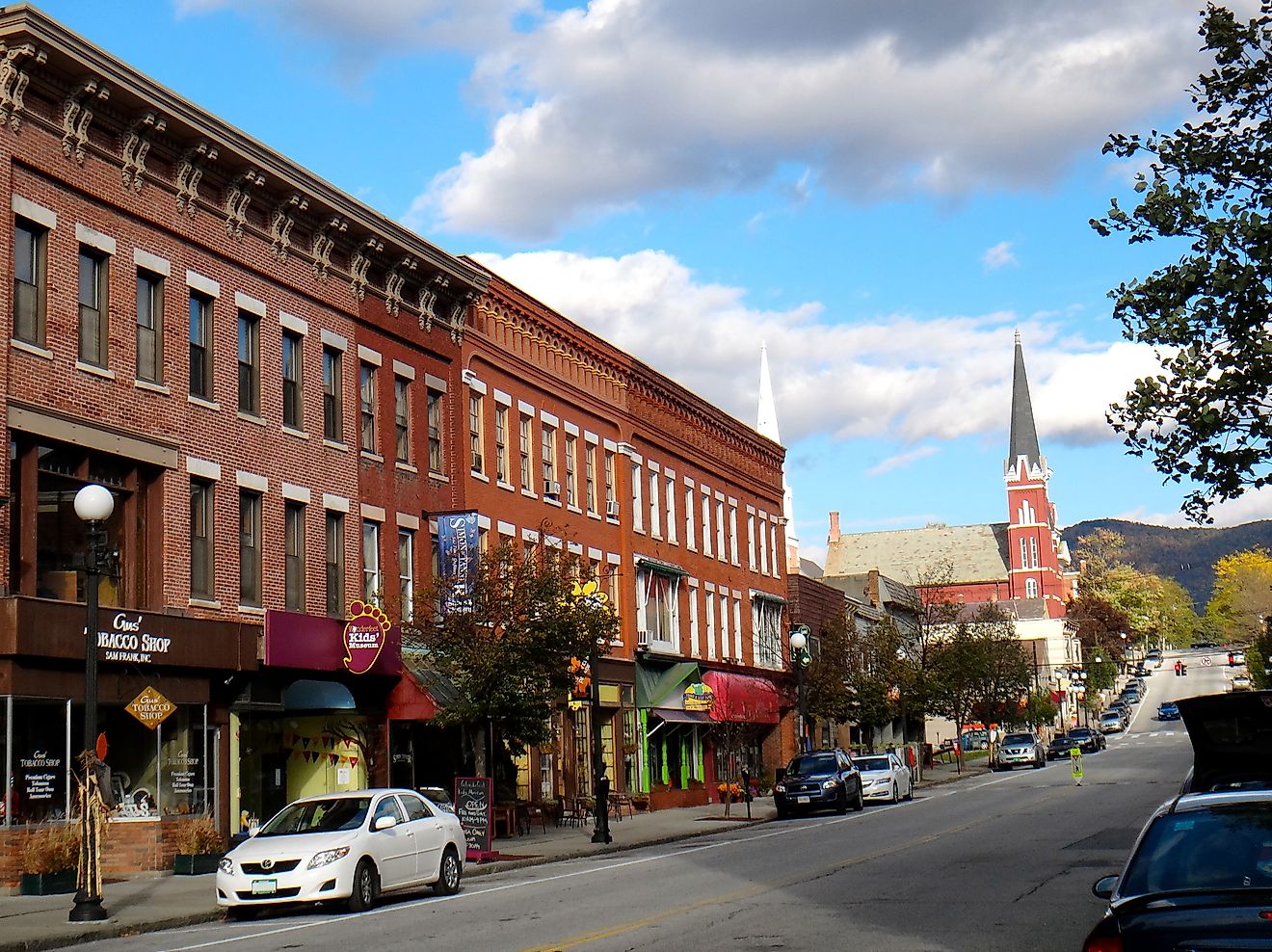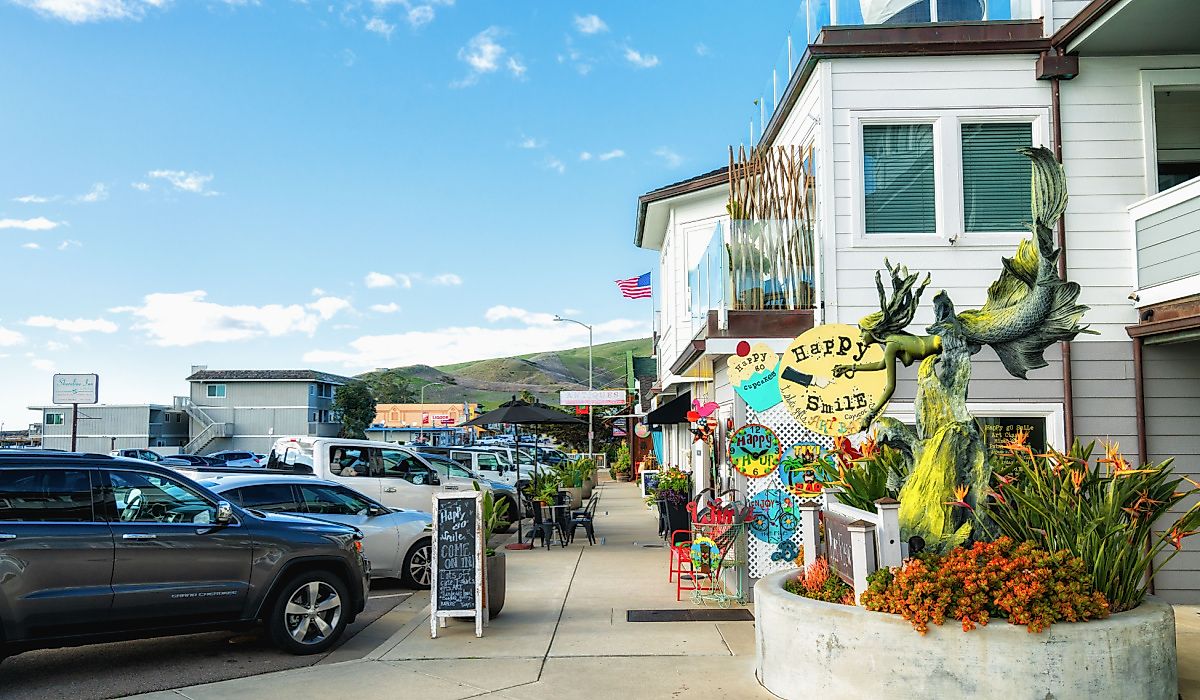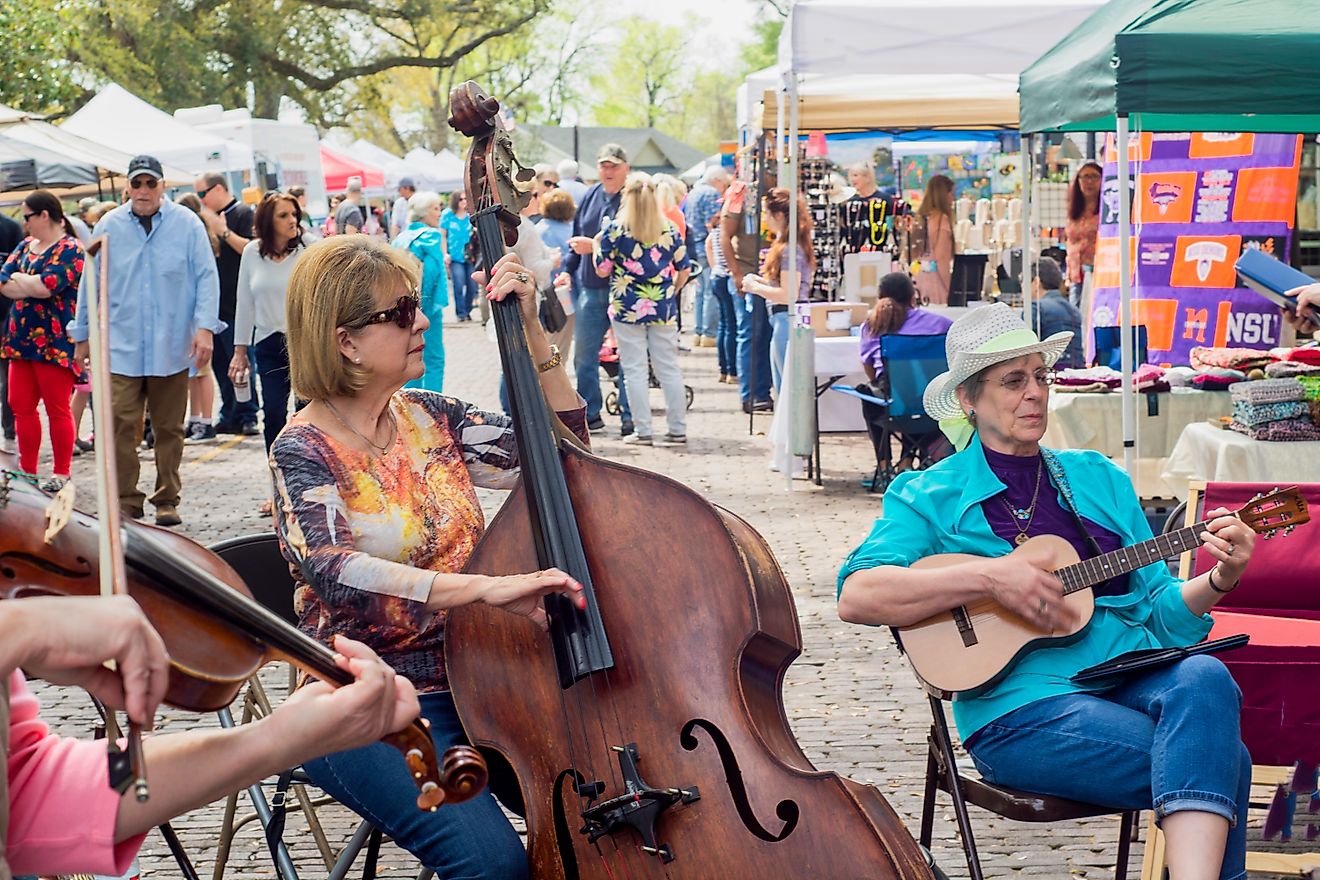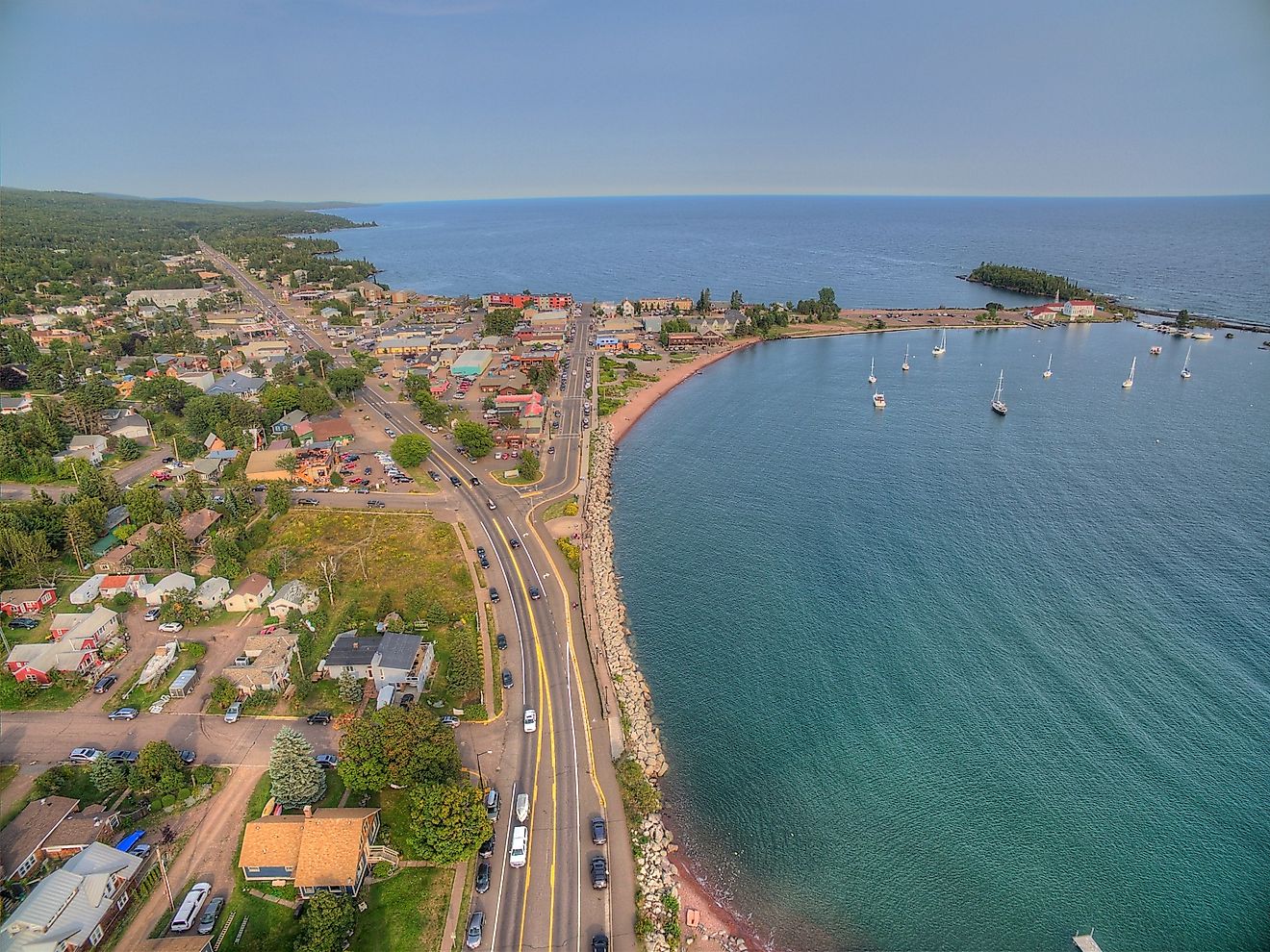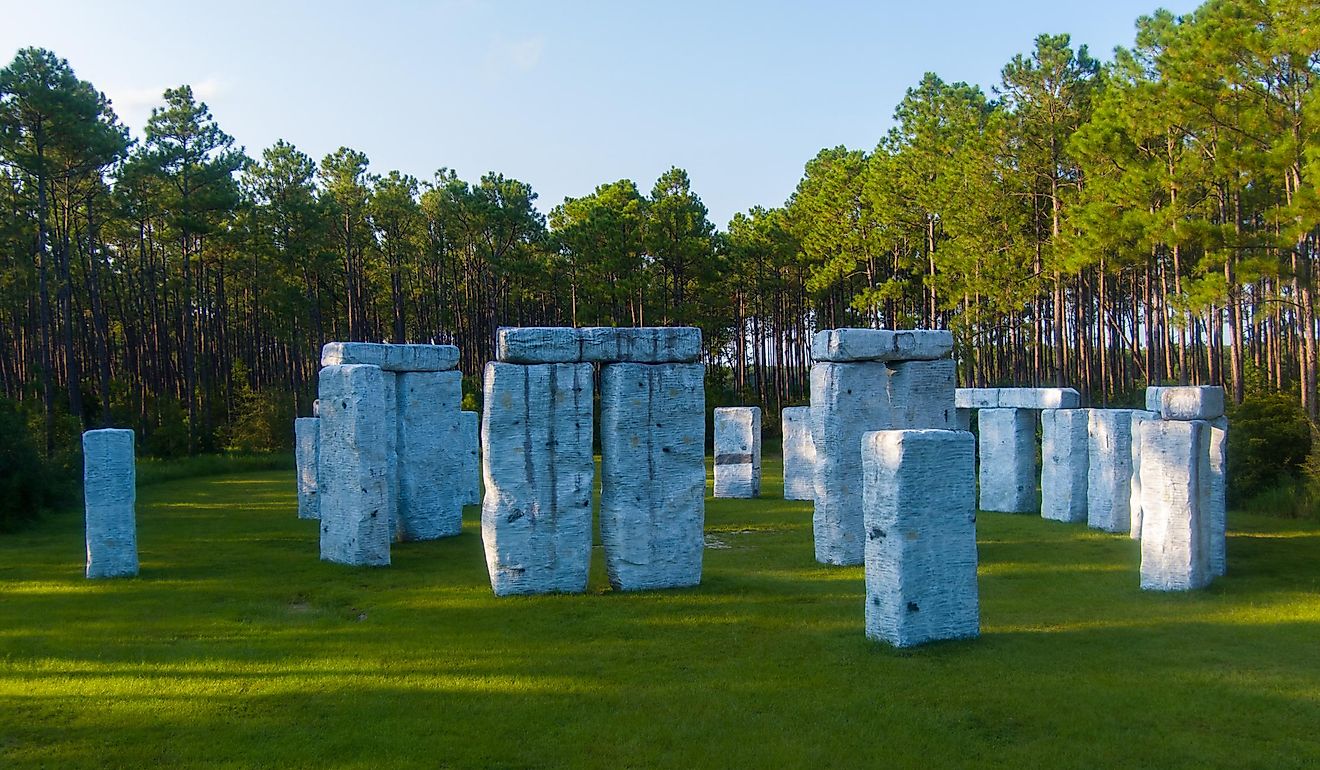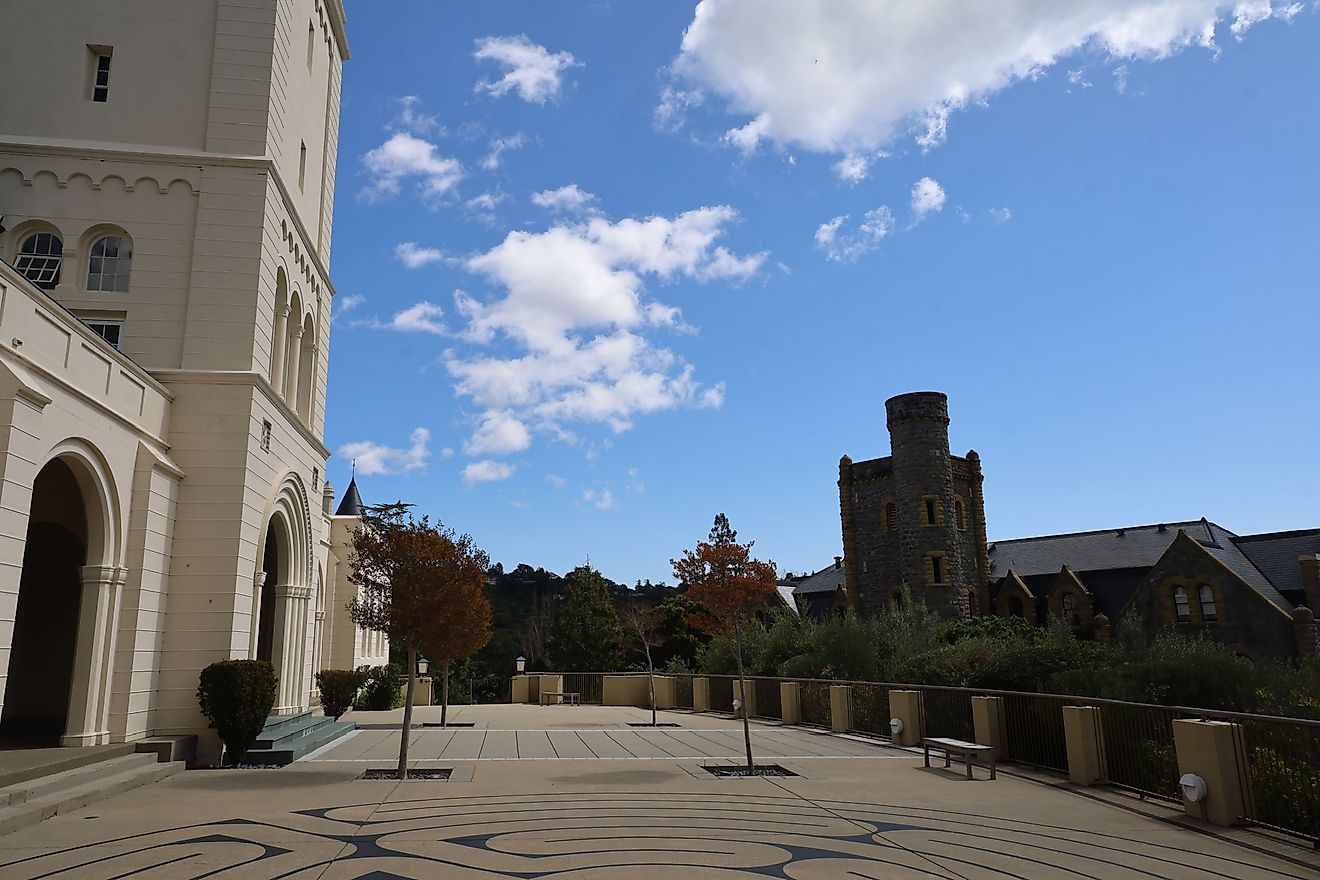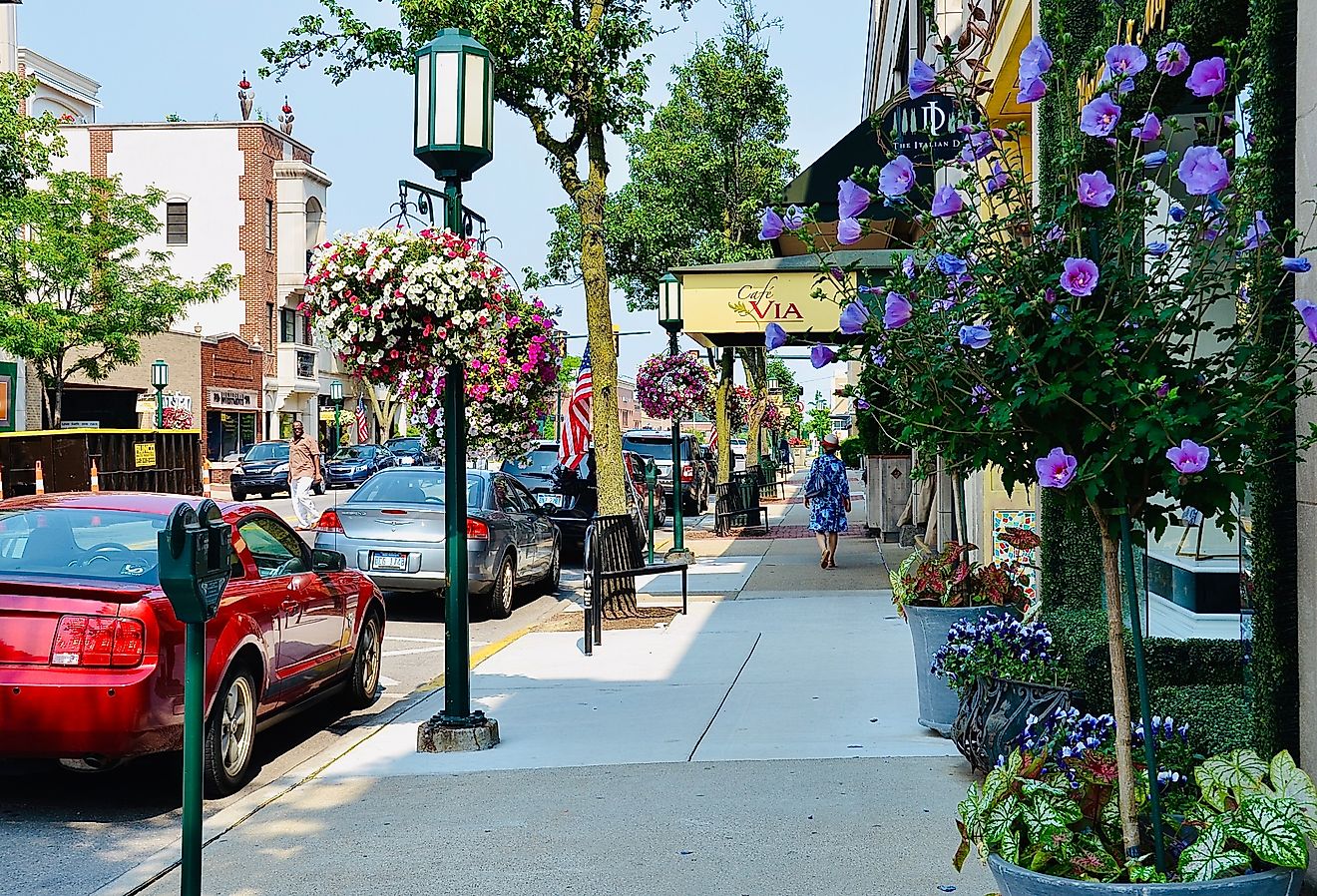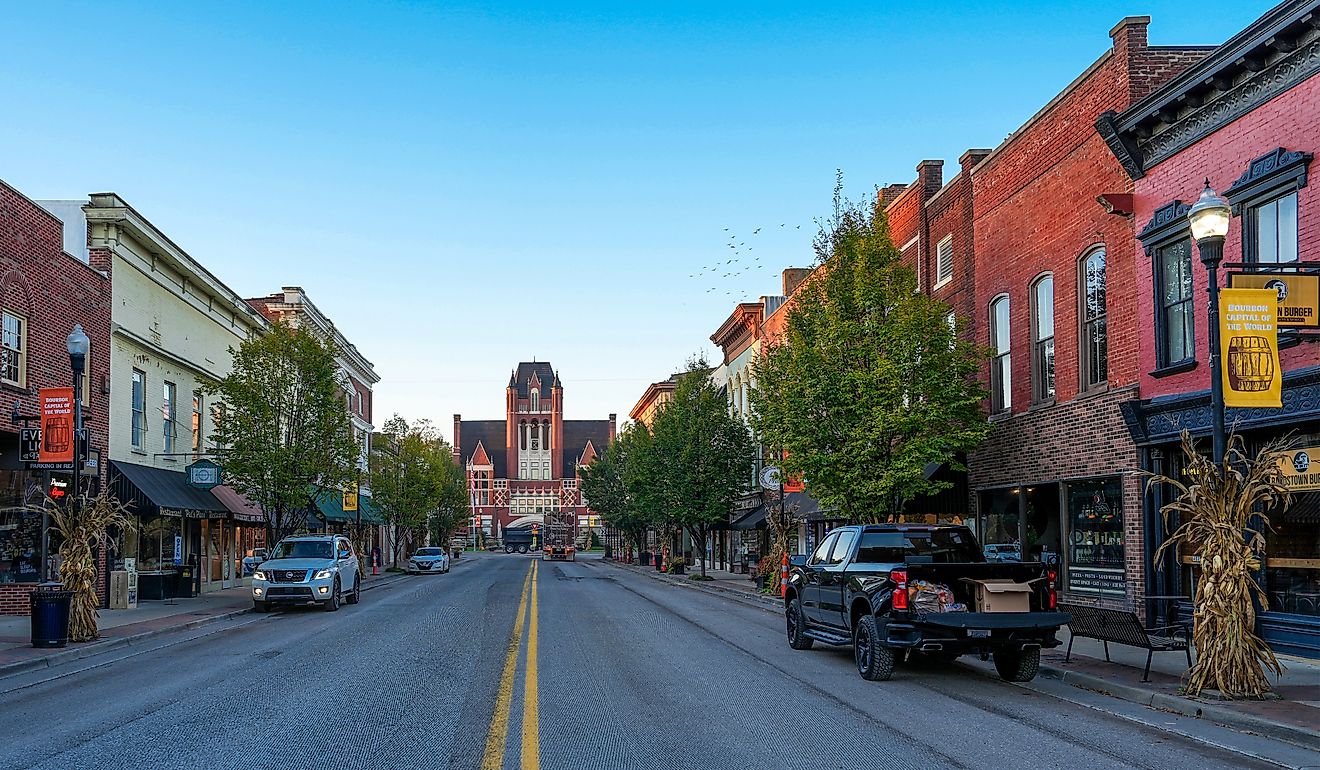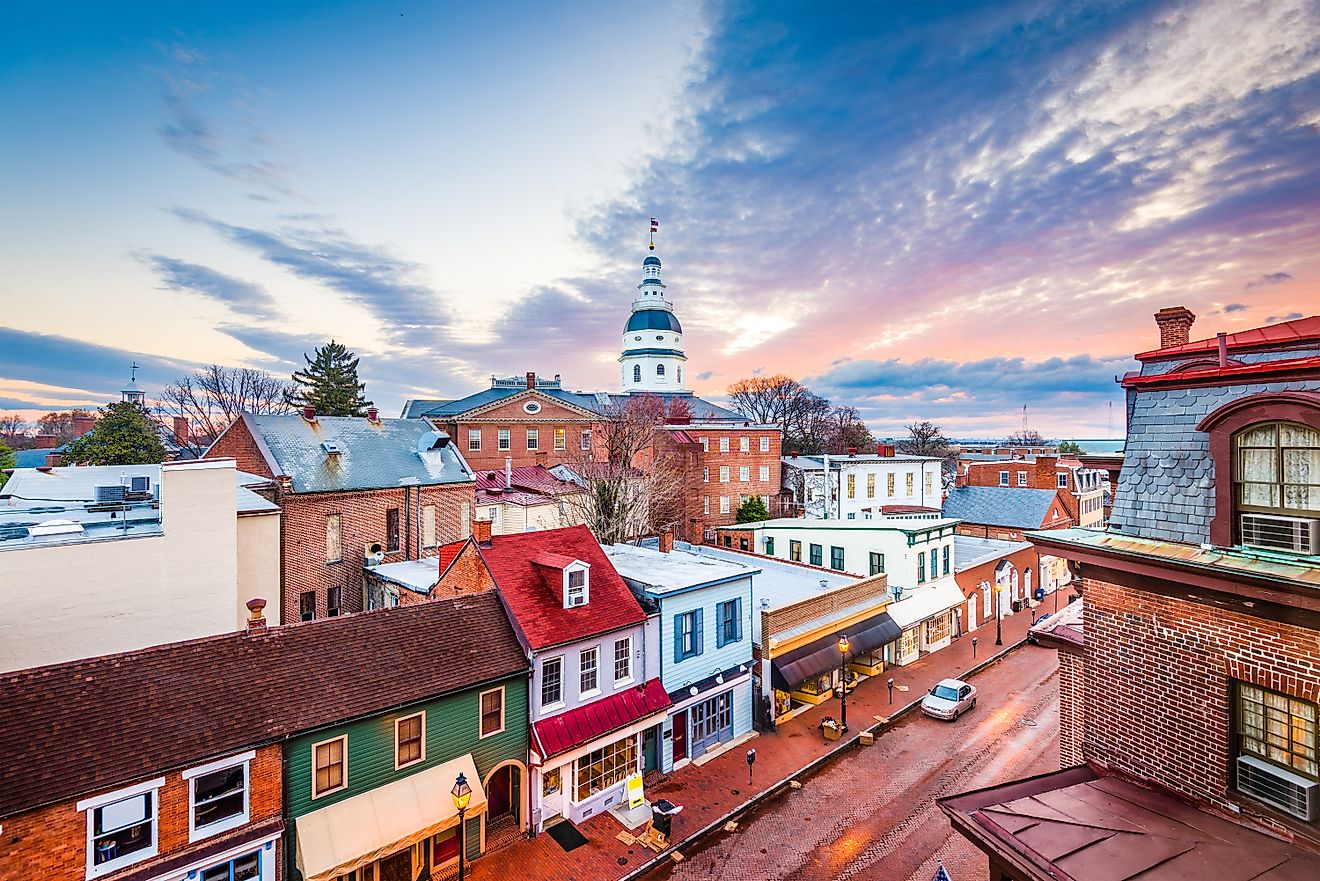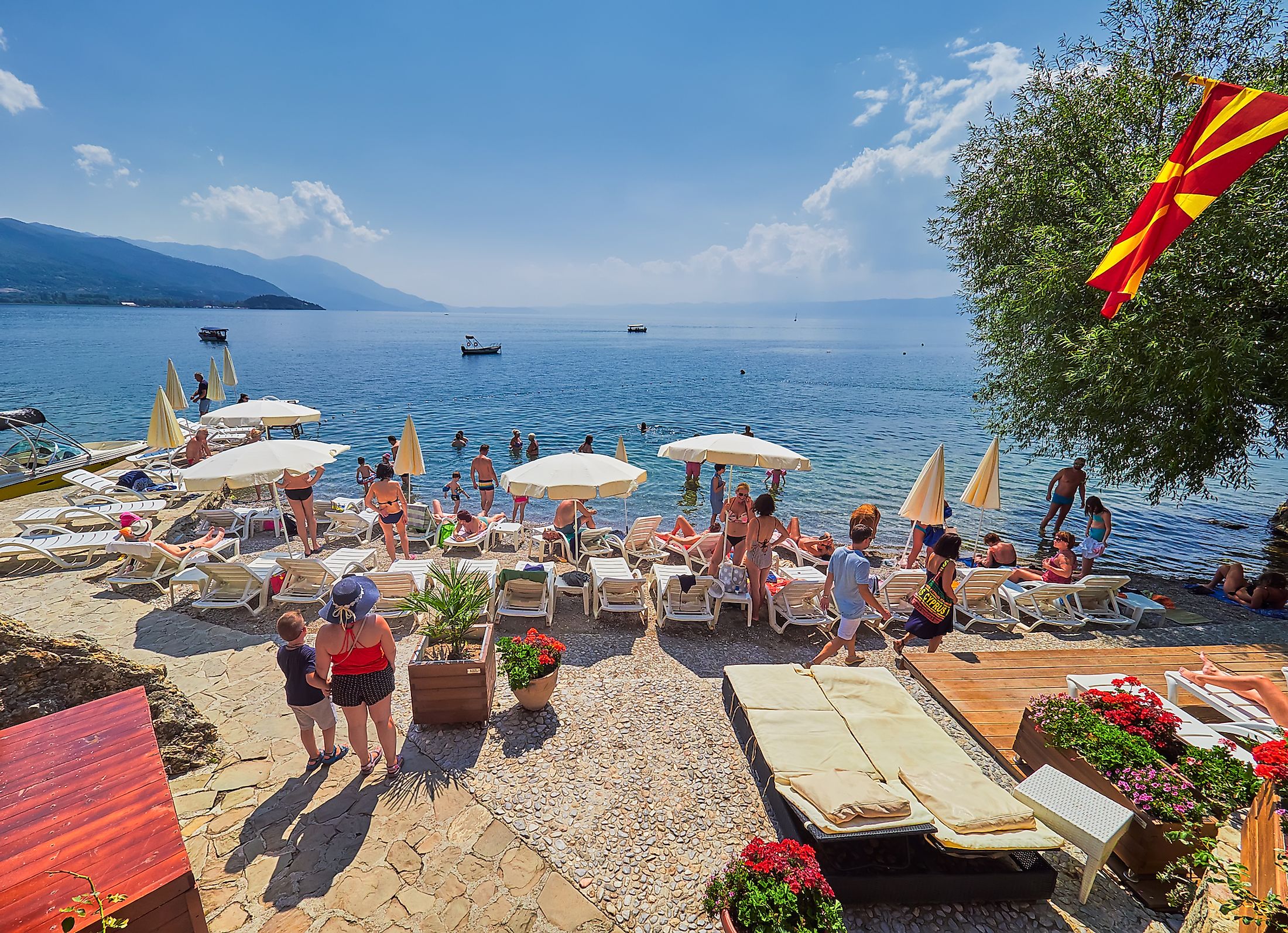
11 Breathtakingly Beautiful European Towns To Visit This Summer
Rich history and beautiful nature innate to Europe calls out to the curious summer-vacationers from these towns on the old continent. Coupled with vibrant arts and culture scenes and many seaside and lake beaches, one will find a wide range of summer-time fun, relaxation, and discoveries to stay busy for weeks.
Český Krumlov, Czech Republic
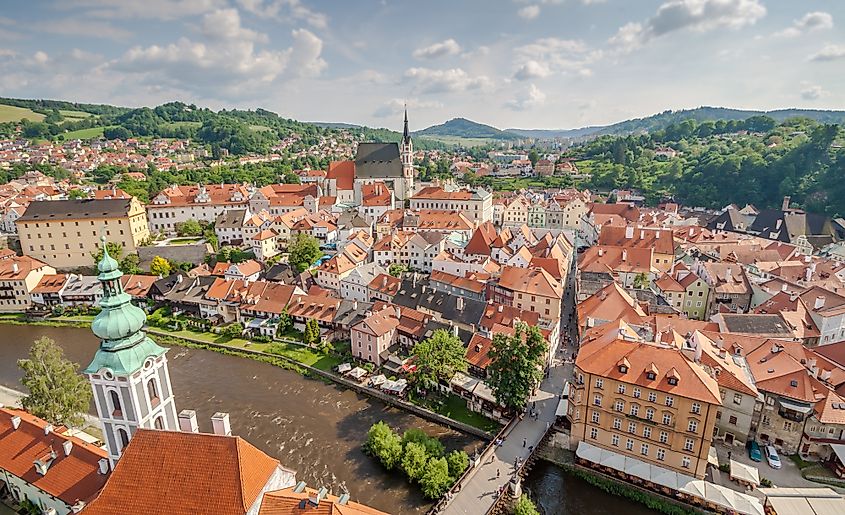
The unique town is set on a picturesque river overlooked by a collection of 16th-century UNESCO World Heritage buildings, with a dominating castle towering above all. The atmospheric streets are lined with many museums, galleries, and sweet cafes to relax over a coffee with a croissant or Belgian pralines. The array of activities back-dropped by the historic town includes water sports, hiking, horseback riding, tennis, golf, running, and more in the lightly undulated landscape around Český Krumlov. The marvelous and unspoiled nature of many woodland paths and trails offers sights and landmarks on the way. A few minutes from the center to the right of the Vltava River, the notable natural landmark Havraní skála or the Raven Rock is great for admiring over a picnic or "Via Ferrata" (climbing). Aside from many sports events, including international ones such as the Rallye Český Krumlov or the Water Marathon, there are also concerts and festivals to satisfy any taste. The food scene includes everything from fancy South Bohemian to international cuisine to local bistros and fine dining experiences.
Druskininkai, Lithuania
A popular year-round destination in Lithuania, Druskininkai has been known as the spa and resort capital of the nation for over 225 years. The endless array of activities, recreation, and peaceful relaxation options will attest to anyone or group. The restored Karolis Dineika Wellness park (1930) comes with biking trails, swimming pools, sports fields, yoga, meditation, and more, within a pine forest-infused atmosphere. Known for its microclimate and no industrial centers in the vicinity, one can absorb all the health benefits from the healing springs or turn to one of the specialists with generations-worth of knowledge.
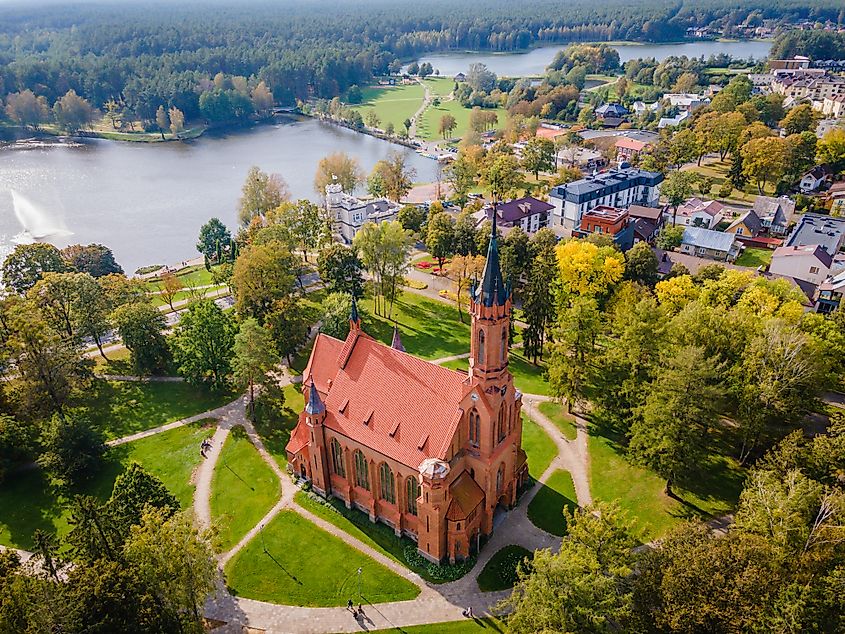
Having been ruled by Poland in the first half of the 20th century, the town's architecture is reflected in the restored villas of the local wooden and a Zakopane style decorating the resort influenced by the Swiss-like environment. The Aquapark is perfect for families, with a spa and a sauna, as well as professional care for the kids. Although the town is green with palm trees, one can also find snow year-round at the Snow Arena set-up in an Alpine-style village, inclusive of open-air ski trails, equipment, brands, and other attractions.
Jūrmala, Latvia
Set seaside, the historical Jūrmala is known for its vast beach scene, making it a real gem summer getaway in Europe. One can scavenge for the 103 architectural monuments of national significance and 295 of local significance along the streets, including the town's oldest, the Jomas street (Jūras iela), home to some real eye-candy houses. The "Līvu Akvaparks" is the largest waterpark in Northern Europe, inclusive of over 20 slides, ten pools, attractions for kids, a SPA complex, and a water bar.
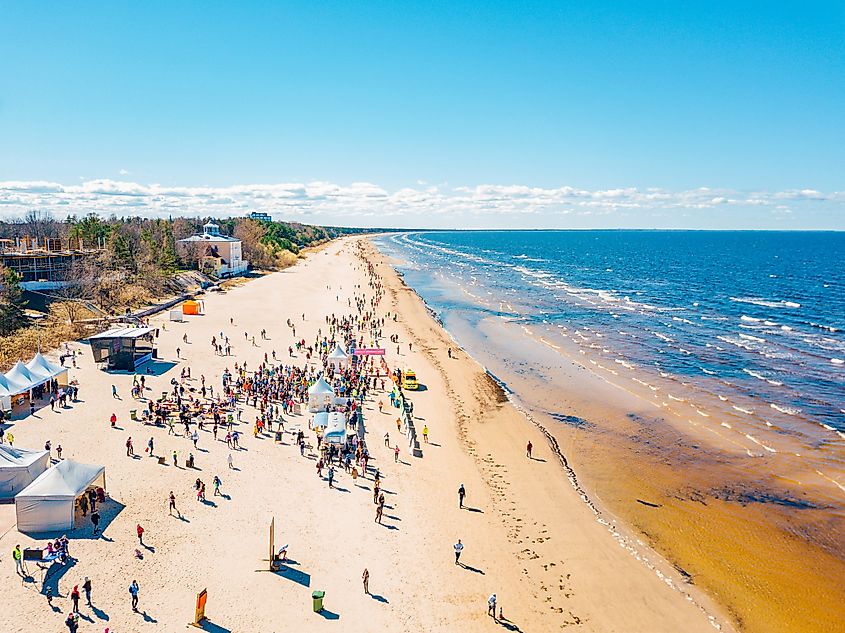
The natural beaches include the 25 km-long white sand shoreline fully landscaped for sunbathing and swimming. Majori is the famed central section of the Jūrmala's beach, only 30 minutes from Riga city center, inclusive of resort hotels and full-SPA services for various recreational options. More treasures to explore include the Open Air Museum, the Dzintari Concert Hall with symphonic music, ballet, and choir performances, and the nearby Ragakāpa Nature Park in a beautiful pine forest setting. There is also the traditional Resort Festival of Jūrmala, the Ice Cream Festival, and the international street dance competition, the "Ghetto Dance Hardcore Battle."
Karlovy Vary, Czech Republic
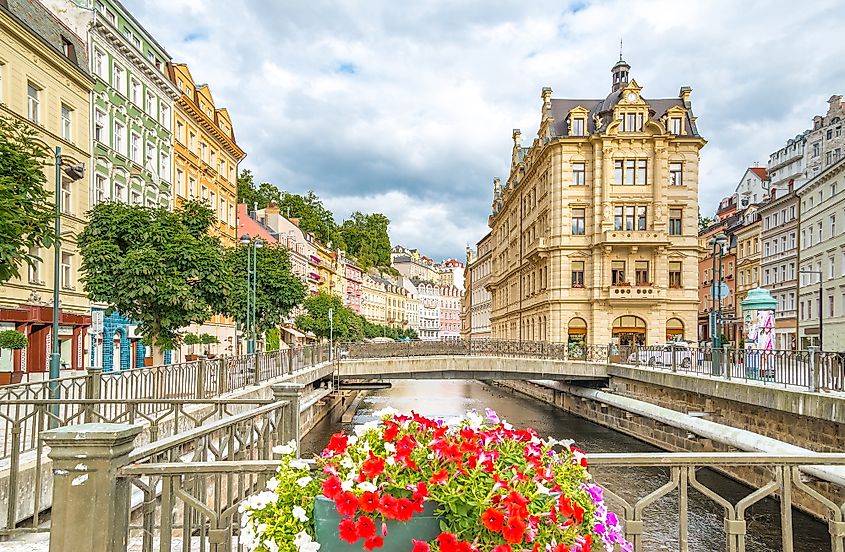
Commonly known by its Germanic name, Karlsbad, this western Czech Republic spa town is some 70 miles (113 km) west of Prague. Set along the Teplá (Warm) River, where it flows into the valley of the Ohře River, the town is surrounded by historically volcanic highlands that created beautiful landforms and thermal springs. The best known Vřídlo spring gushes out the hottest geyser at 162° F (72° C) and 37 feet (11 meters) into the air. Deeply historical, it is speculated that the spa-fame began as early as the 1350s by the Holy Roman Emperor Charles IV, while the town was chartered in 1370. It is also known that the alkaline sulfur springs were used two centuries later by many medieval rulers, princes, noblemen, and ecclesiastics for their digestive- and liver-health powers. The spa's visitors included Ludwig van Beethoven, Frédéric Chopin, Johannes Brahms, and Bedřich Smetana, and the poets Johann Wolfgang von Goethe and Friedrich Schiller. The colonnade set focally at the spa was erected by the Prague architect Josef Zítek, while the main attractions still in use today were developed in the 19th century. Having also catered to Tsar Peter I the Great before World War I, it was a gathering place for Europe's wealthy invalids.
Kutna Hora, Czech Republic
Kuttenberg in German, the town spreads over a plateau above the Vrchlice River in the north-central Czech Republic, 44 miles (71 km) east of Prague. The city-dwellers make the day trip away from the capital's madding crowd, while tourists flee here from around the globe for the array of activities to stay engaged for weeks. May and June see the town adorned in beautiful flowers. A UNESCO World Heritage site since 1996, it is a treasure cove of "rich" Eastern-European history. Enriched by the silver ore veining from the surrounding hills, the town was the site of Wenceslas II's Royal Mint in 1308, producing Bohemian coins, the silver groschen that was the hard currency of Central Europe.
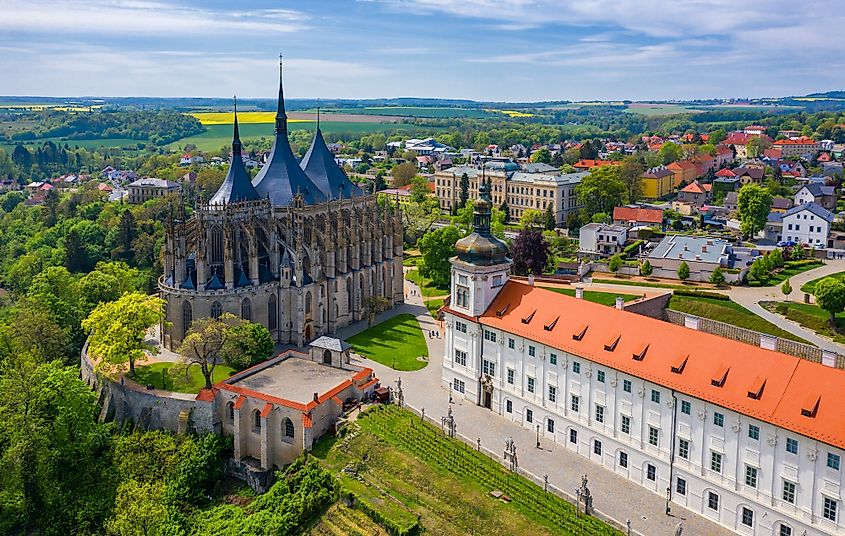
Staying on par with Prague as a financial center of Bohemia until the depletion of the mines in the 16th century, the town is still clad in rich landmarks. The beautiful Saint Barbara's cathedral is a soaring marvel with six-petal ribbed vaults, original 15th-century frescoes, and a terrace at the eastern end for the finest view of the town. The intriguing Kostnice bone church contains eerie decorations and sculptures made of some 40,000 plague victims' bones that the woodcarver František Rint got creative with. Aside from four giant pyramids of stacked bones, crosses, and other bone décor adorning the altar, the vast center chandelier contains each bone in the human body.
Nida, Lithuania
Comprising some 2.5 thousand residents and hosting 200,000 to 300,000 tourists each summer, Nida is the perfect combination of tradition and tourism, surrounded by mountain pines, meadows, and fine blond sand. The humble fishing village with delicate purple water lily blossoms and beaches with nudist enclaves is also the most important and southernmost settlement on the Lithuanian side of the UNESCO-protected sand strip, the Curonian Spit. Comprising a national park with many sand dunes, the 1,700-meter-long path takes one to the grandiose panorama at the top of the Parnidis dune, topped with a stone sundial in a granite obelisk. The 52-meter-high marvel swallowed by the shifting sand dune is the only place in the country to see the sun rising and setting over waters.
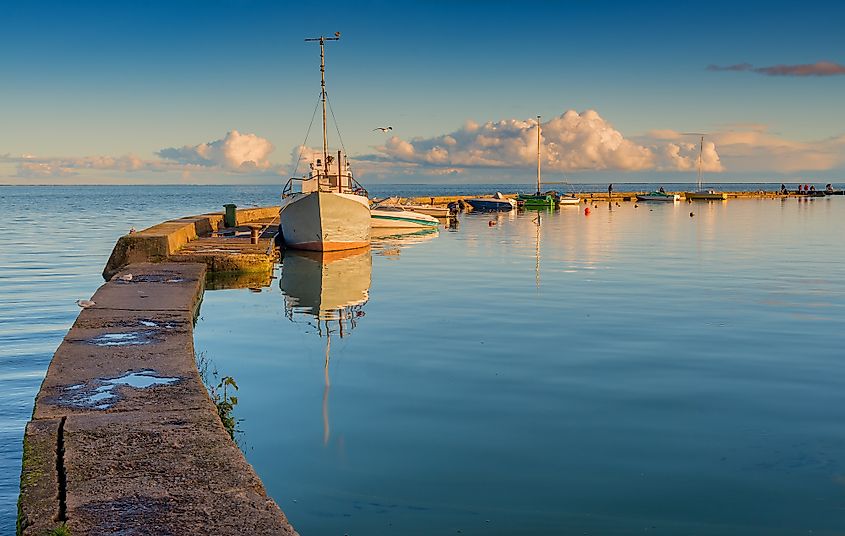
The village is also the starting point of an incredible long-distance hiking trail along the Baltic coast to Tallinn, some 1,200 kilometers (746 miles) away. One can learn about the Curonian Spit's traditional fishing trades, crow-catching, and amber-gathering at the Neringa History Museum. The forest-set Nida Cemetery contains fine wooden gravestones decorated with symmetrical carvings of plants, birds, and more, reminding Lithuania's pagan roots. The Amber Gallery is an old fisherman's cottage-set museum devoted to amber, including its mythical and health-giving traits, insects trapped in stone, an amber-decorated garden, and a boutique that sells quintessential amber jewelry.
Ohrid, Macedonia
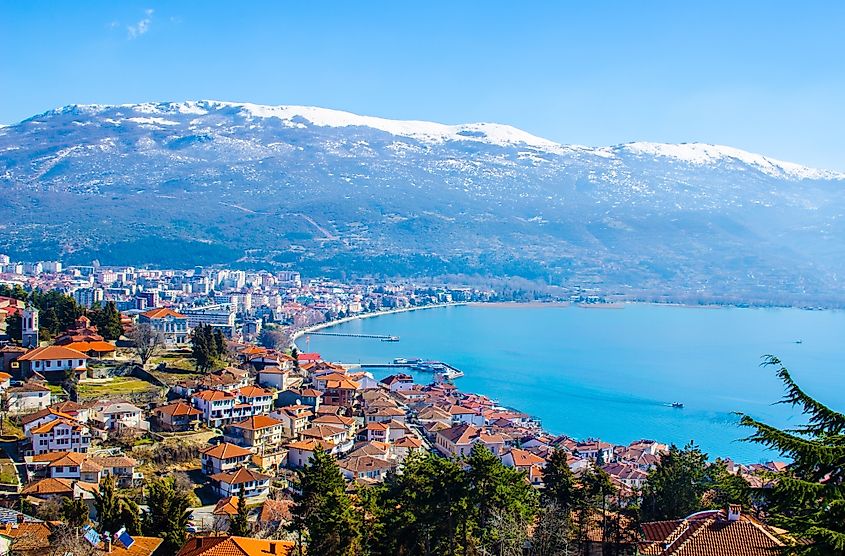
The scenically charming water-bounded town of Ohrid comprises a great summer getaway to dive into a truly European atmosphere. Featuring winding cobblestone streets, local shops, museums, and cozy cafes, among the breathtaking architecture, some also claim that the town used to house 365 churches, one for every day of the year. The Church of St. John is a wondrous chapel perched picturesquely on the cliffs over water as the most notable landmark to marvel over a picnic or a photography shoot. Set on the grand Lake Ohrid, the village comes with plenty of seafood establishments over water serving fresh fish off the boat, as well as fresh-fruit smoothies in the city center, complementing the sunny vibe of the town. The water-set Kaneo Restaurant is renowned for trout, homemade pasta, and mojitos to go along with the views of the extensive lakeside on a hot summer's day.
Sozopol, Bulgaria
The marine town with streets brimful with churches and 180 Renaissance houses from the 18th and 19th centuries is the oldest settlement in Bulgaria, established in 610 BC. It is known as one of the most desired destinations of cultural and historical significance in Bulgaria to come to worship the Christian relics from around the world. Set only 35 km from Bourgas, it attracts hundreds of thousands of tourists each year for the architecture and archaeology that perfectly depict layers and continuity of human civilization development, such as its architectural and historical complex "Southern Fortress Wall and Tower." Taking one on a high-speed journey through time, there is the medieval fortress wall and tower associated with the agricultural period, contemporary paintings, sculptures, concerts, and more.
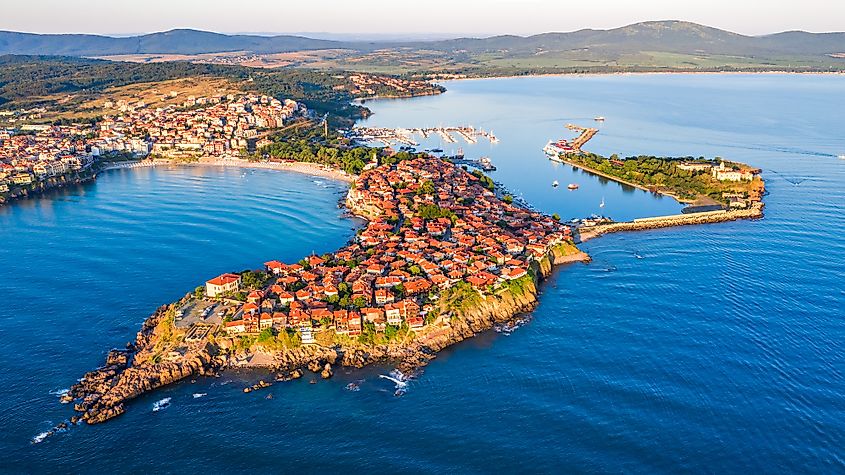
The colossal bronze statue of Apollo the Healer, made by the famous sculptor Calamis was raised by the Appolonians when the town peaked as a highly developed art center known as Apollonia Magna (The Great Apollonia). There is also the medieval Christian complex in the heart of the Architectural and archaeological reserve and the relics of St. John the Baptist discovered in 2010 on the island of Saint John next to Sozopol. The town's incredible beach scene includes the conveniently-set narrow Central Beach between the Old and the New town. The wider and longer Harmani beach in the New town of Sozopol comes with small places to eat and drink nearby. The GoldFish beach is 3 km north of Sozopol on the road to Bourgas as a perfect stop between the two locales. Adored by surfers and campers, its quiet, long and wide perimeter comes with a surf school, some restaurants, as well as hot showers and toilettes if camping for a small fee.
Szentendre, Hungary
Located in the central part of Hungary, at the bend of the Danube River and only 20 km from Budapest, the provincial town of Szentendre is a heaven for creative intellectuals, seeing year-round gatherings of artists, sculptors, graphic artists, ceramists, writers, and poets. The town began to flourish with the Serbian, Dalmatian, and Greek fleeing the Ottoman Turkey in the 17th century to this sleepy medieval enclave, where they were granted civil and religious liberties by Habsburg Emperor Leopold I. On the way to the town by train, there are the remains of the 2nd century AD Roman town of Aquincum and an ancient aqueduct along the rails between the Kaszásdűlő and Aquincum stations. On the way to the center, one is greeted by plaques with Cyrillic writing, beautiful orthodox churches, and labyrinthine, a la, Mediterranean town alleys.
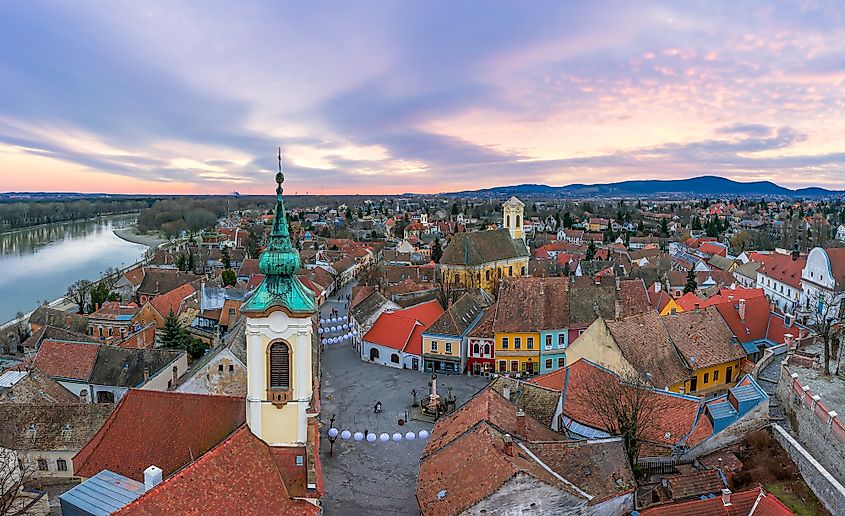
The streets come brimful with ancient and Baroque architecture, captivating art galleries, and museums, such as the Marzipan Museum, which is the most visited place in town. The Dobos Confectionery Museum serves the famous cake, while the National Wine Museum tells why Hungary is renowned for the noble drink, with "Tokaj" as Louis XIV's favorite. One can also visit the Hungarian folklore stores, explore the old and new art scenes, and get a different perspective of the scenic town via a river cruise. The Mediterranean vibes call one to sit at the cafés or restaurants between all the vacation activities.
Theth, Albania
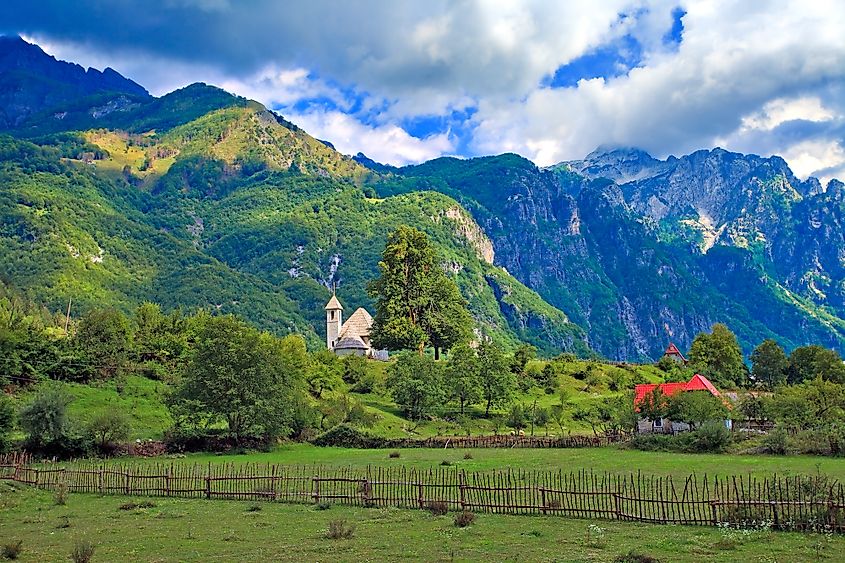
Theth is nestled into the Prokletije mountain range, known as the Albanian Alps. The town, comprising a true mountain enclave, is reachable via one dirt road by van or jeep from Shkoder, two hours away from the capital Tirana, but so worth a visit. Also known as the Accursed Mountains, the legend goes that three brothers met a beautiful fairy during hunting, killing each other for her love. In despair, their mother cursed the mountains forever. The first impressions come with the soaring peaks surrounded by natural beauty one is free to explore on their own, with no tours, excursions, or guides in town. The peaceful and quiet trails include the popular trek to the Blue Eye of Theth, the shimmering blue-green waterfall and swimming hole, and the 12-mile round-trip climb to Valbona Peak. With a lack of establishments, the quintessential summer vacation includes staying with local families to absorb the real Eastern European vibe. The hosts will provide food, accommodation, and all the hospitality from their loving homes and hearts to every visitor for around $500 a week for two people. The traditional Albanian food is comprised of products sourced from the nearby farms and fresh vegetables from the gardens in the valley, including home-cooked bread, fried pork, roasted lamb, and stuffed peppers.
Veliko Tarnovo, Bulgaria
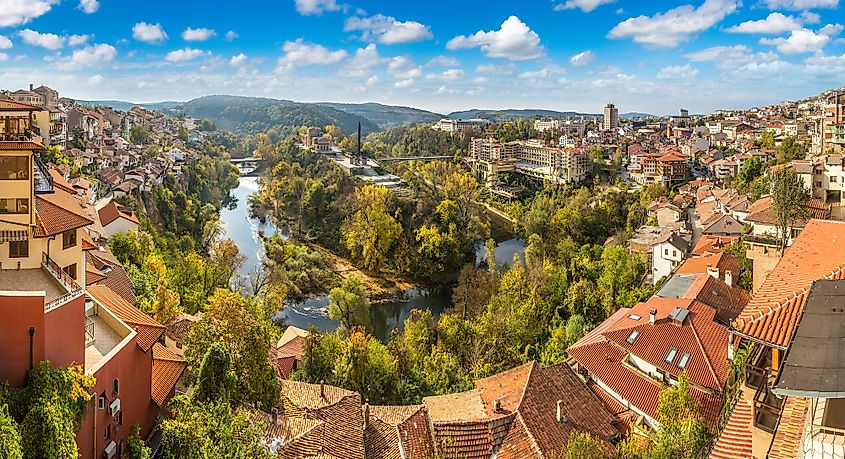
The small medieval town in central Bulgaria offers a unique perspective on the vibrantly-deep Eastern-European history, enveloped by beautiful nature around. As the former capital of the Second Bulgarian Empire, it was home to ancient kings, while the site of archaeological excavations shows evidence of human settlements 5,000 years ago. Easily reachable via a three-hour bus ride from the capital Sofia, Veliko Tarnovo greets one with the natural beauty of the cliffside-set red-roofed houses and the lush canopies along the winding river. Enchanting landmarks include the vast Tsarevet's Fortress with grand walls and the Ascension Cathedral featuring modernist frescoes. One can have a day-out strolling along the Samovodskata Charshia Street main thoroughfare to absorb all the Eastern European Charm. The Asen Monument dedicated to the first four kings of the Asen Dynasty beckons one for the evening views of the city as the best place in town to watch the sunset.
These towns, renowned for vibrant sights and cultural aspects unique to Europe, also come with beach scenes and natural outings for the active. The impressive history reflected in the beautiful architecture and landmarks will forever be imprinted in one's mind as part of the best summer vacation.
